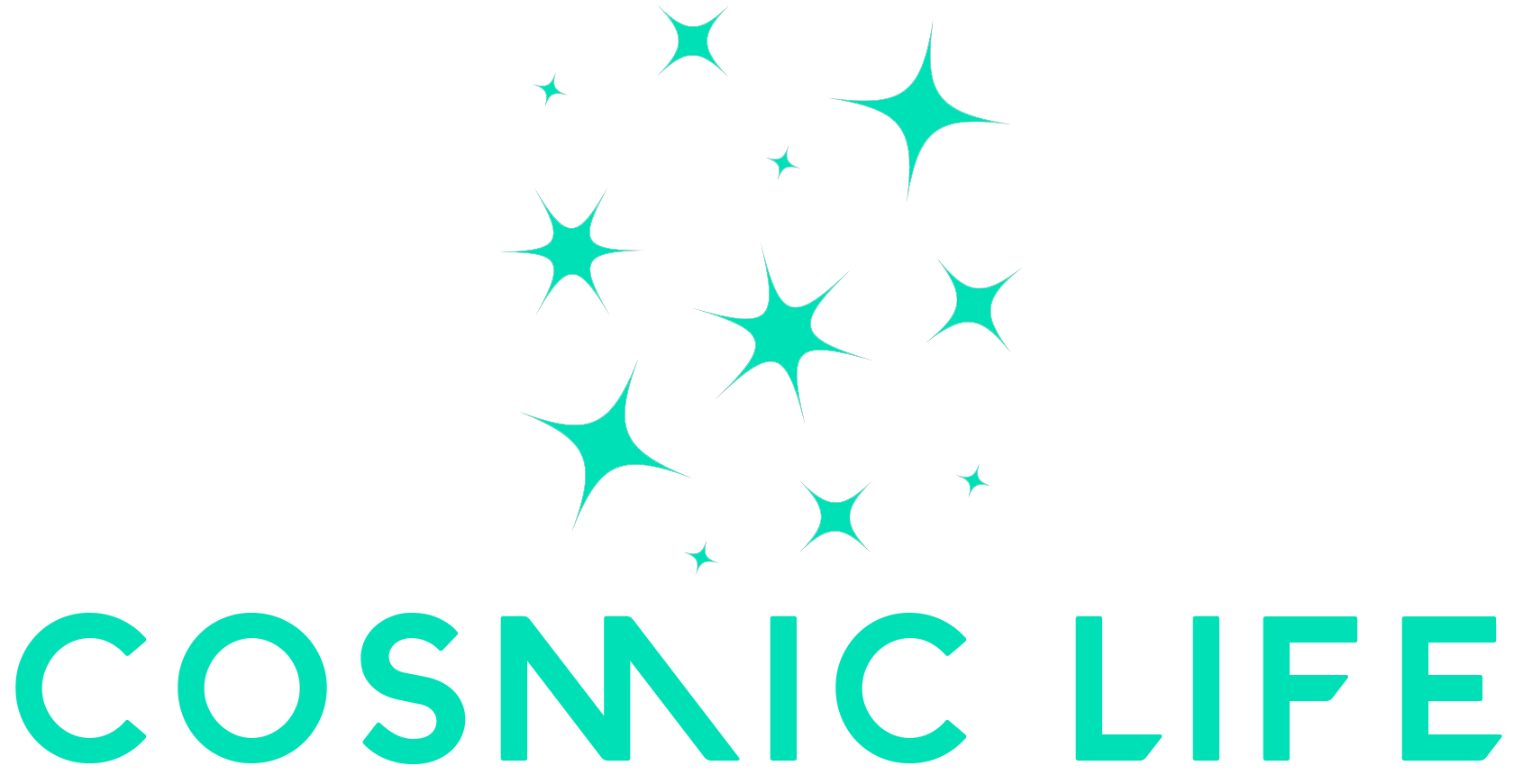Navigating the world of term life insurance can feel overwhelming, especially when confronted with industry-specific terms and jargon. Understanding these terms is crucial to make informed decisions and select the best policy for your needs. This blog post will break down some key terms that you should know when considering term life insurance.
1. Policyholder
A policyholder is the individual who owns the life insurance policy. They’re responsible for paying premiums and can make changes to the policy, such as changing the beneficiary or the coverage amount.
2. Beneficiary
The beneficiary is the person or entity that will receive the policy’s death benefit if the policyholder dies during the term of the policy. Policyholders can name multiple beneficiaries and designate the percentage of the death benefit each beneficiary should receive.
3. Premium
The premium is the amount of money the policyholder pays to the insurance company for the life insurance policy. Premiums can usually be paid monthly, quarterly, semi-annually, or annually.
4. Death Benefit
The death benefit is the amount of money paid out to the beneficiary if the policyholder dies while the policy is in effect. The policyholder chooses the death benefit amount when purchasing the policy.
5. Term
The term of a life insurance policy is the period during which the policy is in effect. Terms for life insurance policies typically range from 10 to 30 years. If the policyholder dies during this term, the death benefit will be paid out to the beneficiary.
6. Convertible Term Life Insurance
A convertible term life insurance policy gives the policyholder the option to convert the policy to a permanent life insurance policy, such as a whole life policy, within a specified period or before a certain age, without undergoing additional health examinations.
7. Rider
A rider is an additional provision added to a basic insurance policy that provides extra benefits at an additional cost. Common riders include the waiver of premium rider, which waives premium payments if the policyholder becomes totally disabled, and the accidental death benefit rider, which provides an additional death benefit if the policyholder dies as a result of an accident.
8. Underwriting
Underwriting is the process through which an insurer determines the risk of insuring a potential policyholder and sets the premium price. This process involves evaluating the applicant’s health history, lifestyle, occupation, and other factors.
Conclusion
Understanding these key terms can significantly help when you’re shopping for term life insurance. Armed with this knowledge, you’ll be better equipped to navigate the process, understand your policy, and ensure you’re getting the coverage that best suits your needs. Stay tuned for more posts to further your understanding and confidence in the world of life insurance.






